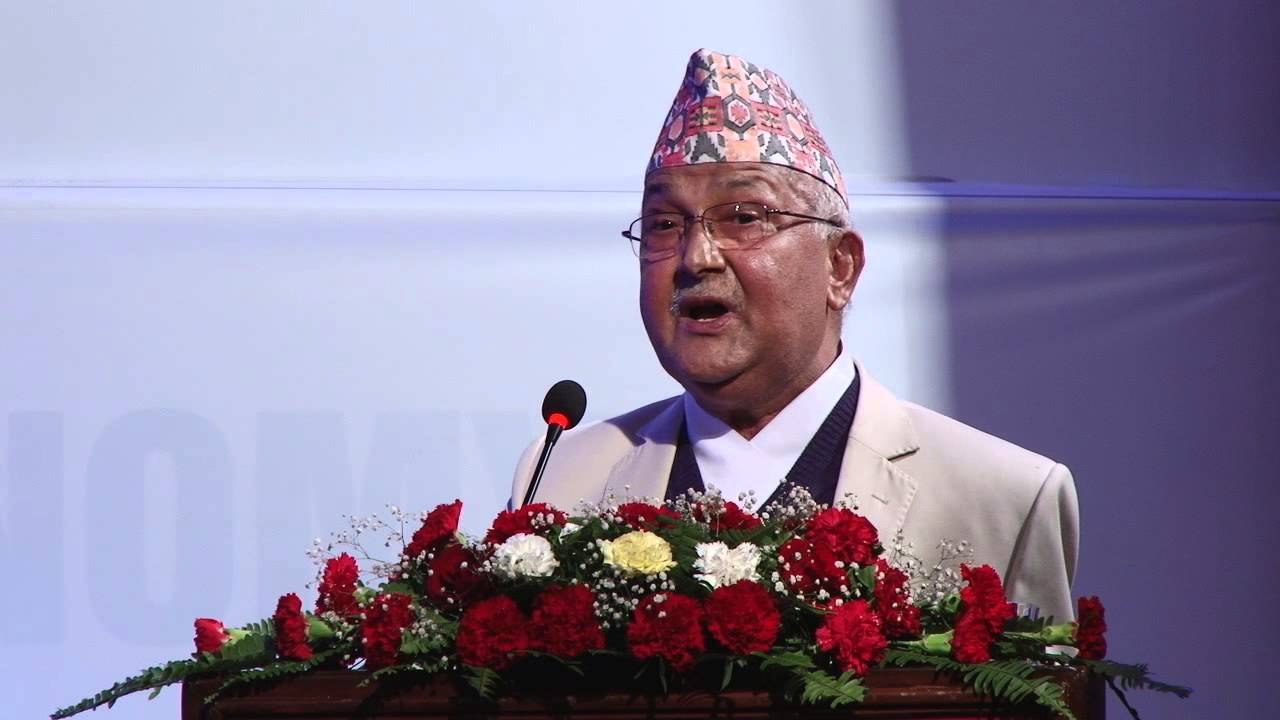

Kathmandu: CPN-UML chairperson Khadga Prasad Sharma Oli became Nepal’s Prime Minister on Thursday for the second time, over two months after Left alliance won the elections by a landslide in the country’s historic parliamentary and local polls.
President Bidhya Devi Bhandari appointed 65-year-old Oli as the country’s 38th prime minister.
Oli’s PM candidacy was supported by the UCPN-Maoists, Rastriya Prajatantra Party Nepal, and Madhesi Rights Forum-Democratic along with 13 other small parties.
Oli, who is known for his pro-China stance, had served as the country’s prime minister from October 11, 2015 to August 3, 2016.
After 287 days as top executive of the nation, he had announced resignation in the Parliament after CPN Maoist Centre Chair Pusha Kamal Dahal withdrew his support to Oli and joined forces with the then main-opposition Nepali Congress.
The Left alliance of the CPN-UML, led by Oli and CPN-Maoist Centre, led by Prachanda, had in December secured 174 seats in the 275-member Parliament in the historic provincial and parliamentary polls that many hope will bring much-needed political stability to the Himalayan nation. It had also secured an overwhelming majority in the upper house of Parliament with 39 out of the 59 seats.
Nepal’s relations with India witnessed a series of ups and down in the past when India imposed an economic blockade. The 2015 Nepal blockade, which began on 23 September 2015, severely affected Nepal and its economy. The government of Nepal accused India of imposing an undeclared blockade. India denied the allegations, stating the supply shortages were imposed by Madheshi protesters within Nepal, and that India had no role in it.
After winning the election, Oli made a surprise visit to the country’s border with China in Rasuwagadhi and inspected the only trade and transit point between the two countries.
The motive for the visit remains unknown, but it may be an indication that the incoming government to be headed by the CPN-UML chairman is likely to tilt towards Beijing and seek support for larger connectivity projects including road and railways.
Nepal has seen 10 government changes in as many years.








